You go in for a simple oil change, and suddenly you’re told you need new brakes, shocks, a timing belt, and an alignment. Upselling is common in the industry, but dishonest shops exaggerate issues to inflate bills. For example, a brake pad replacement might be pushed at 70 percent wear when you realistically have months left before it’s necessary.
They Refuse to Show You Old Parts

Any reputable mechanic will give you the old parts after a repair if you ask. It proves the work was done and lets you see the problem for yourself. A shady mechanic won’t offer them or will claim they already threw them away. In reality, this is often a cover for charging you for work that wasn’t done.
No Written Estimate
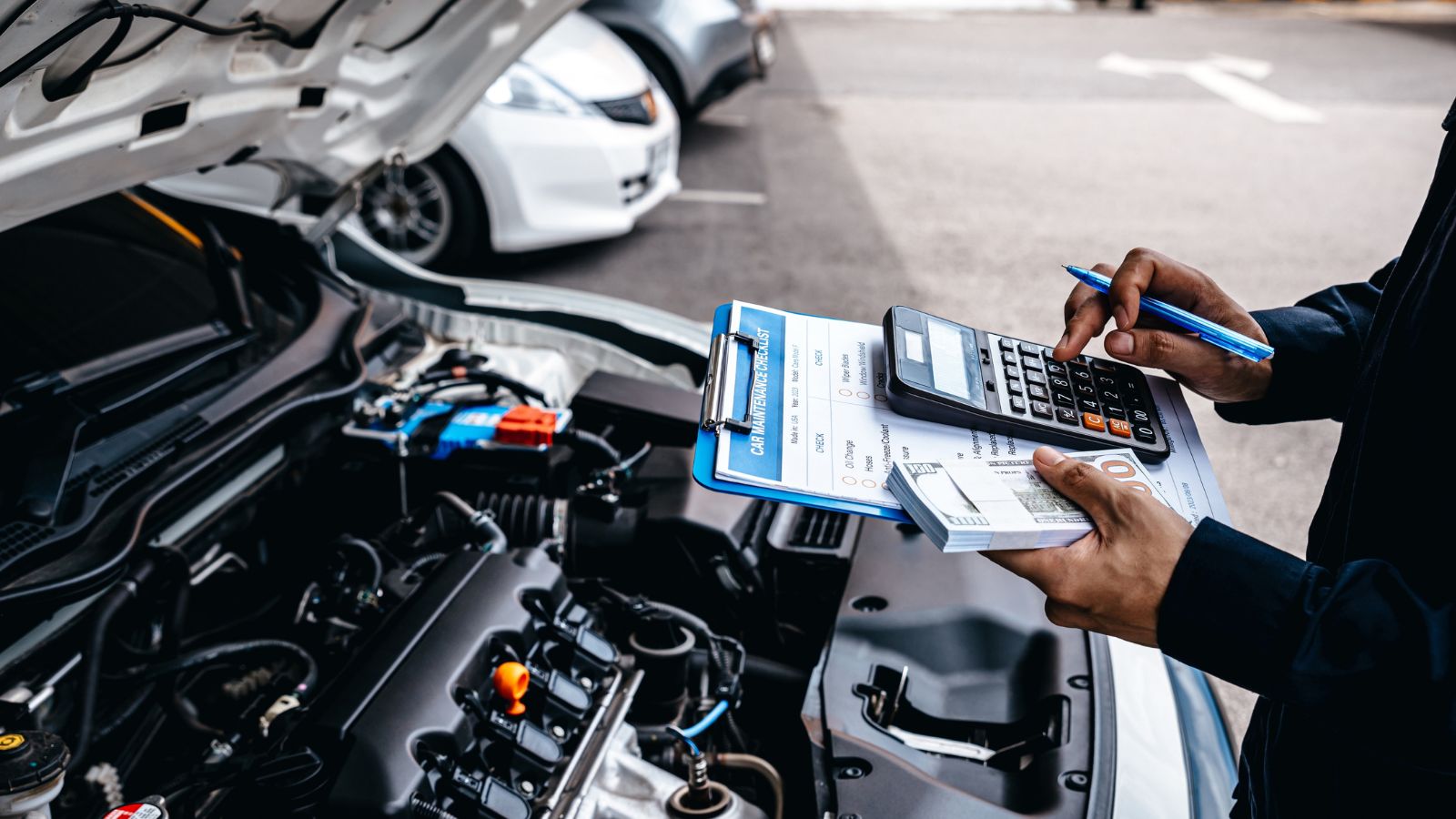
If your mechanic only gives a verbal ballpark figure, you’re asking for trouble. A written estimate protects you from surprise charges and outlines parts, labor, and taxes. Dishonest shops may “adjust” numbers later and claim it’s just the way things worked out. In truth, the lack of paperwork leaves you powerless.
They Charge for Diagnostic Time Without Permission

Diagnostics are a normal part of repair work, but reputable shops clear these charges with you first. Scammers will rack up hours of “testing” you never approved, then spring a bill on you. A trustworthy shop will ask for a set diagnostic fee up front, often around 100 dollars, and tell you what you get for it.
Constantly Claiming Urgency

“If you don’t fix this right now, you might not make it home.” Some repairs truly are urgent, but if every visit feels like a crisis, your mechanic may be playing on your fear. A common scam is calling an oil seepage a dangerous “oil leak” that needs an immediate 800 dollar repair.
Inflated Labor Hours

Every job has a standard labor time, usually pulled from industry manuals. Replacing brake pads should not take six hours. Dishonest mechanics bill far more hours than the job requires. If something looks suspicious, compare their estimate with industry averages or get a second opinion.
Vague Explanations

If your mechanic starts rattling off jargon like “the solenoid is causing a parasitic draw on the alternator load” without breaking it down in simple terms, they may be trying to confuse you. A scammer doesn’t want you to understand; they want you to nod and hand over your card.
No Credentials or Certifications

Trustworthy mechanics are usually ASE certified or display manufacturer training. A shady shop won’t have credentials visible, or worse, the staff won’t even know what ASE means. Lack of certification is not always proof of dishonesty, but it is often a sign of poor quality.
They Use Cheap or Wrong Parts
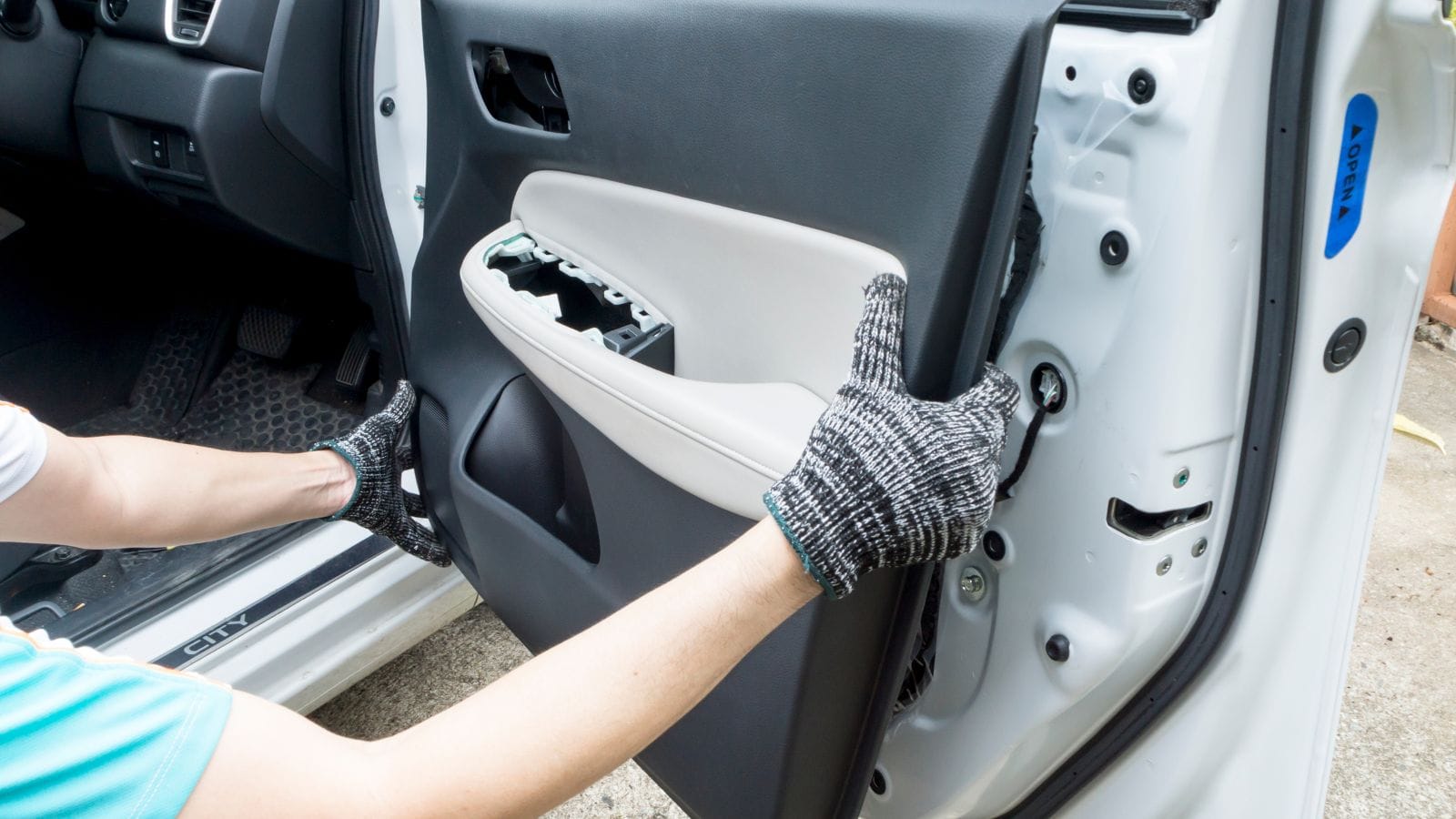
Some shops charge you for premium parts but install low grade knockoffs. For example, they’ll bill you for OEM brake pads but put on the cheapest aftermarket set available. Over time, this not only costs you money but also compromises safety. Always ask for the brand of parts they’re installing.
They Don’t Offer Warranties

Honest shops guarantee their work. If a mechanic refuses to offer a warranty on parts or labor, that’s a major red flag. It likely means they don’t trust the quality of their own service. Standard warranties are usually 12 months or 12,000 miles, and many reputable shops go beyond that.
Willingness to Show Old Parts
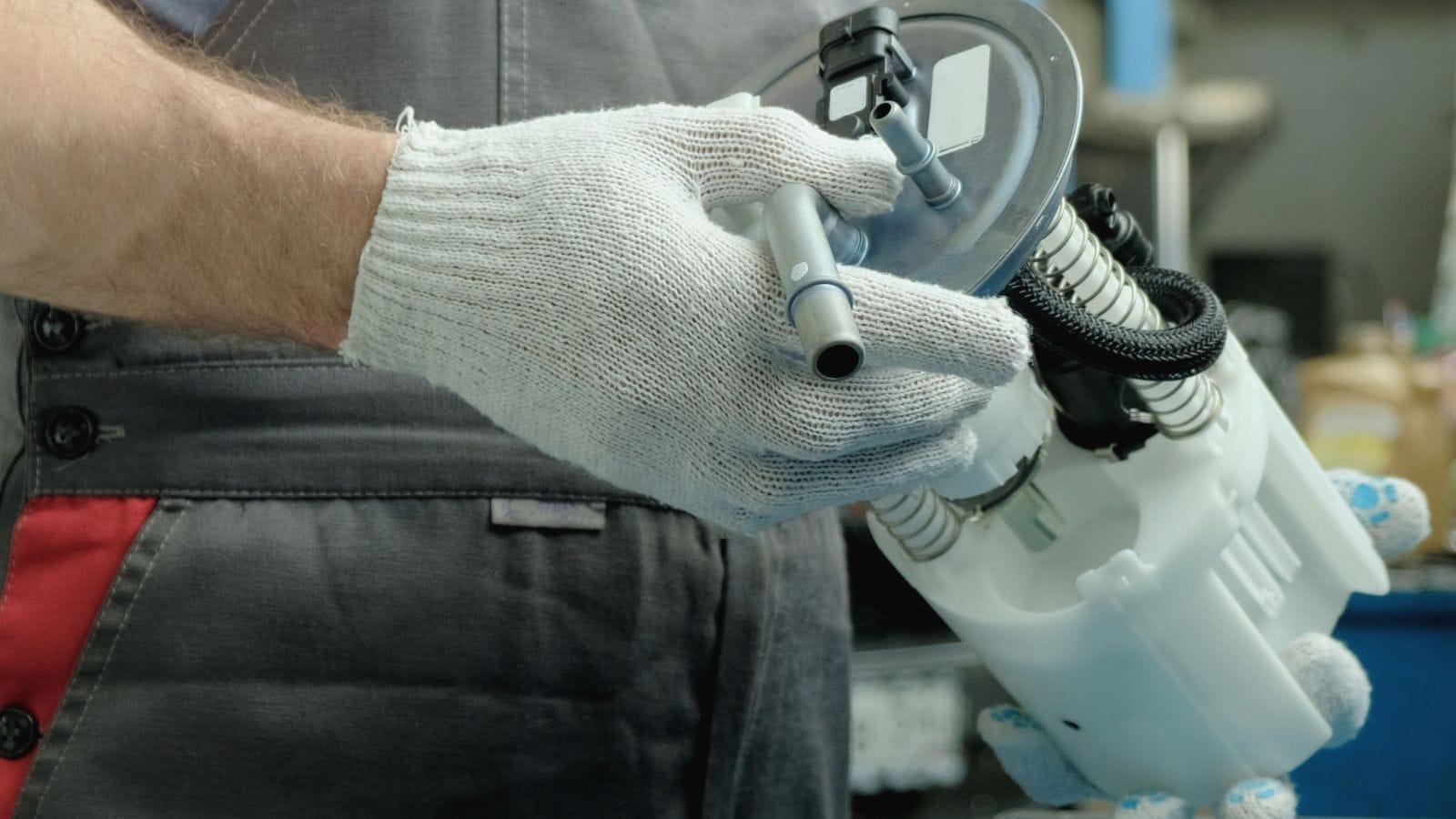
A reliable mechanic will gladly show you worn parts. They’ll even explain what went wrong, often side by side with the new replacement. This transparency builds trust and shows they have nothing to hide.
Certifications on Display

Trustworthy shops proudly display ASE certifications, manufacturer training, and state licenses. These are not just pieces of paper — they show that mechanics have been tested and meet industry standards for professionalism and knowledge.
No Pressure Sales
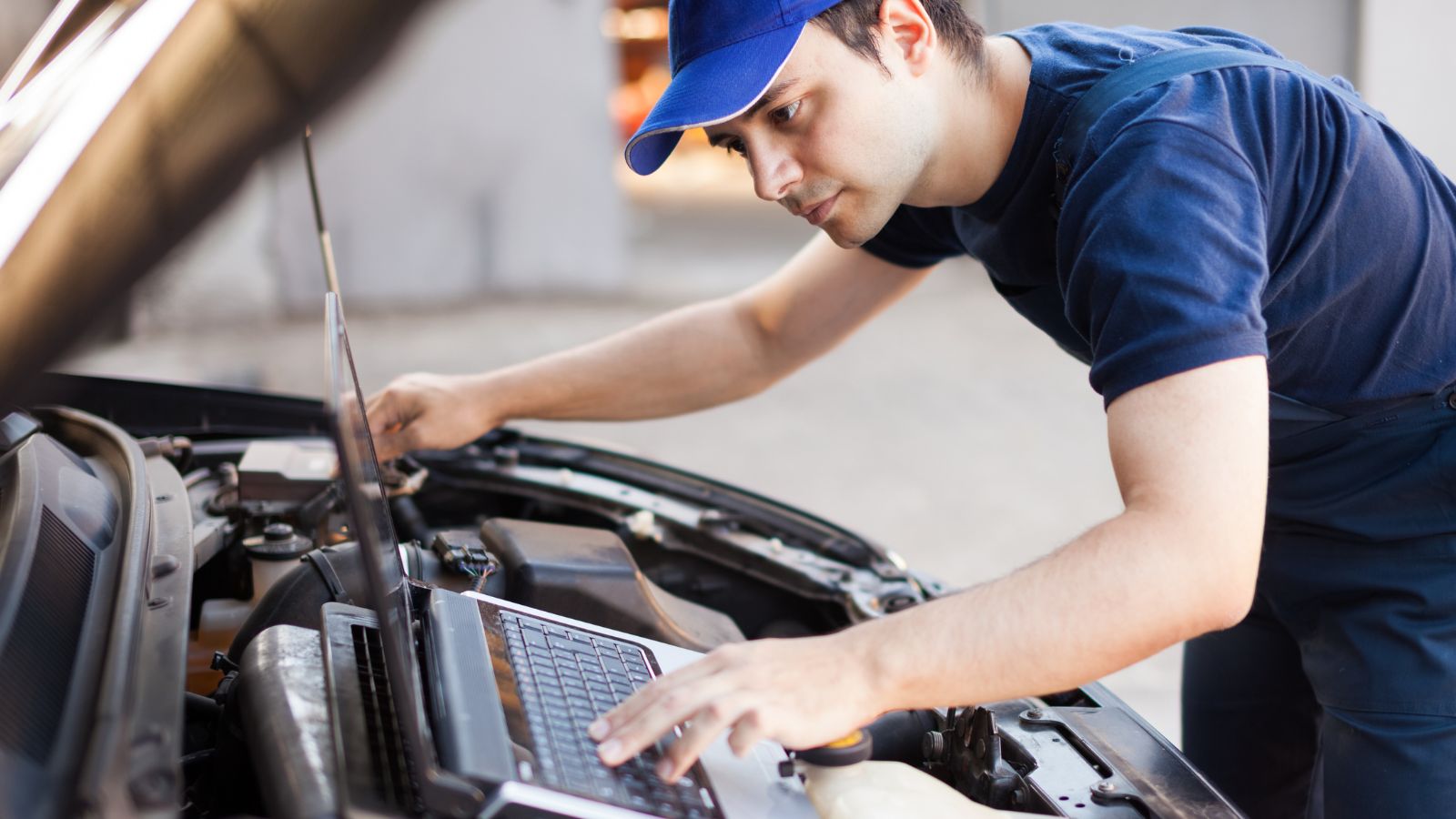
Instead of scaring you into repairs, a good mechanic will tell you what’s urgent, what can wait, and what’s optional. For example, they might say your tires are safe now but should be replaced within the next six months. This honesty helps you plan, not panic.
Transparent Labor Rates

A reliable shop posts its hourly rate clearly, often near the service desk. They charge according to standard industry guides, not inflated hours. If replacing brake pads is listed as a two hour job, that’s what you’ll see on the bill.
Warranty on Work
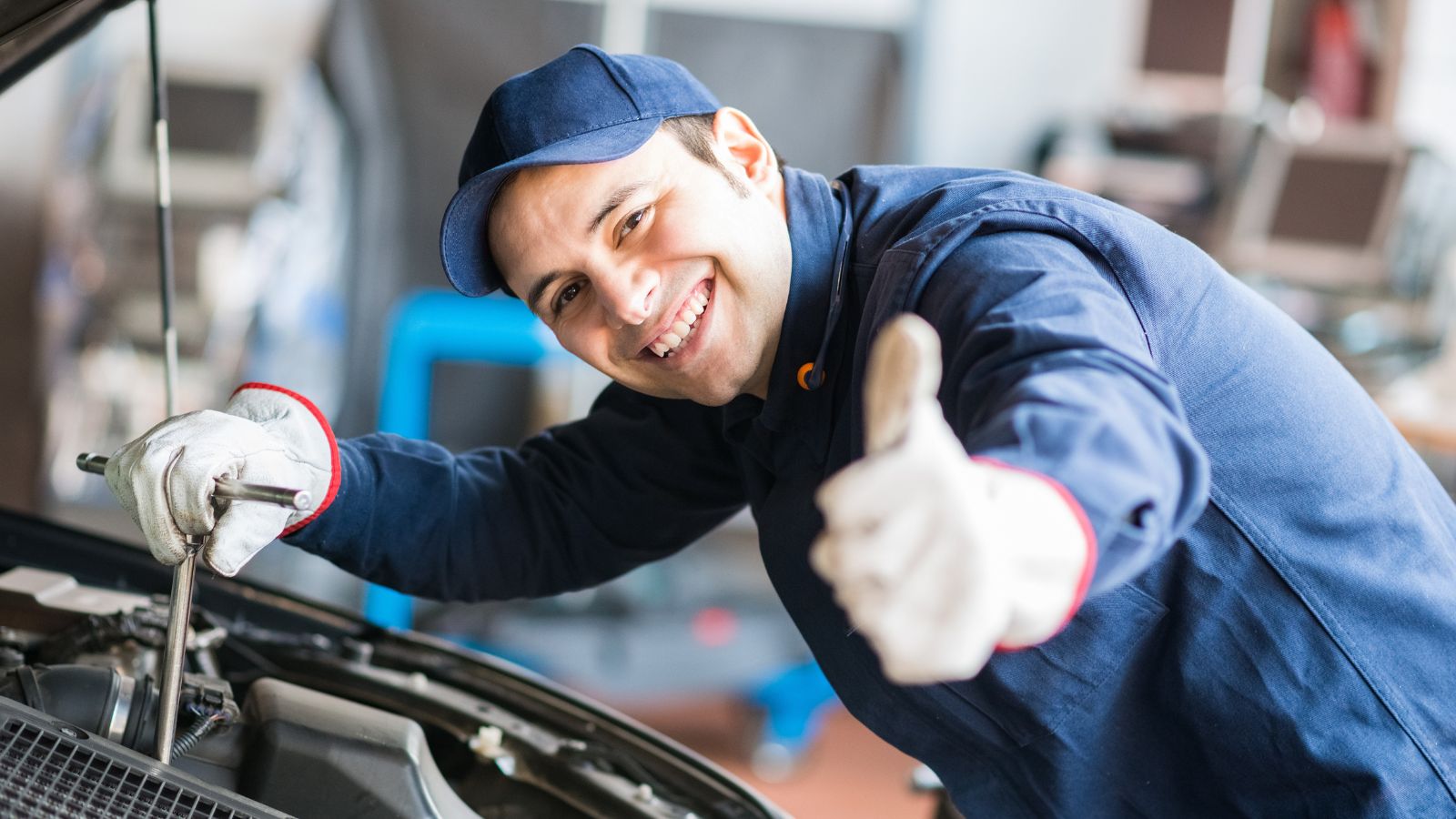
Good mechanics stand behind their repairs. They’ll offer warranties on both parts and labor, typically at least one year or 12,000 miles. Many larger shops and dealerships offer even longer coverage, which shows confidence in the quality of their work.
Positive Word of Mouth
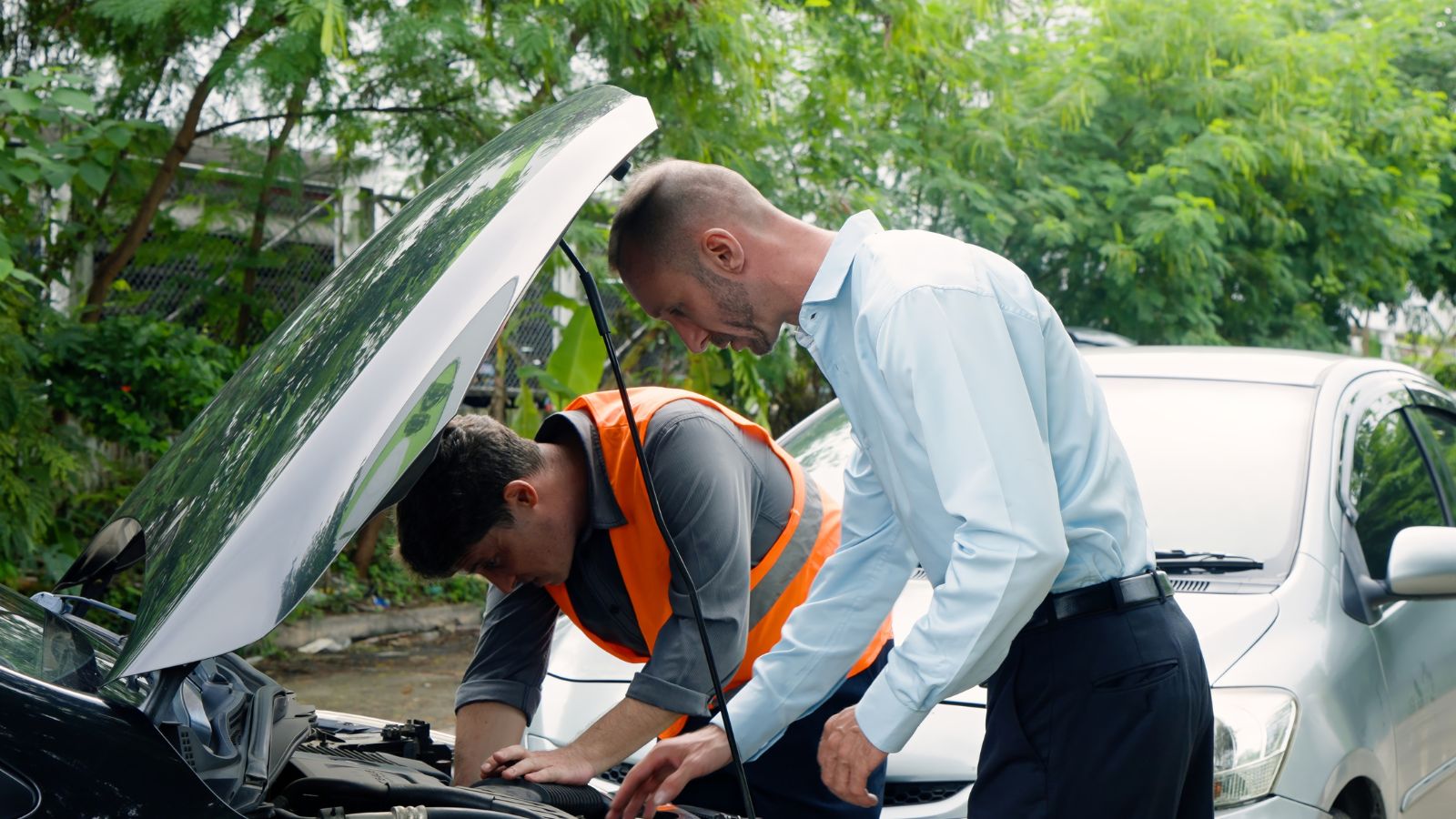
One of the strongest signs of a good mechanic is what other people say. Friends, coworkers, and online reviews are invaluable. A shop that has customers returning for decades likely earned that loyalty with fair treatment and consistent service.
Explains in Plain English

Instead of overwhelming you with jargon, a reliable mechanic explains issues in simple terms. They may even bring you to the car and point out the problem directly, or show you photos if the repair is complex. This openness is a hallmark of trustworthiness.
Long Term Customers
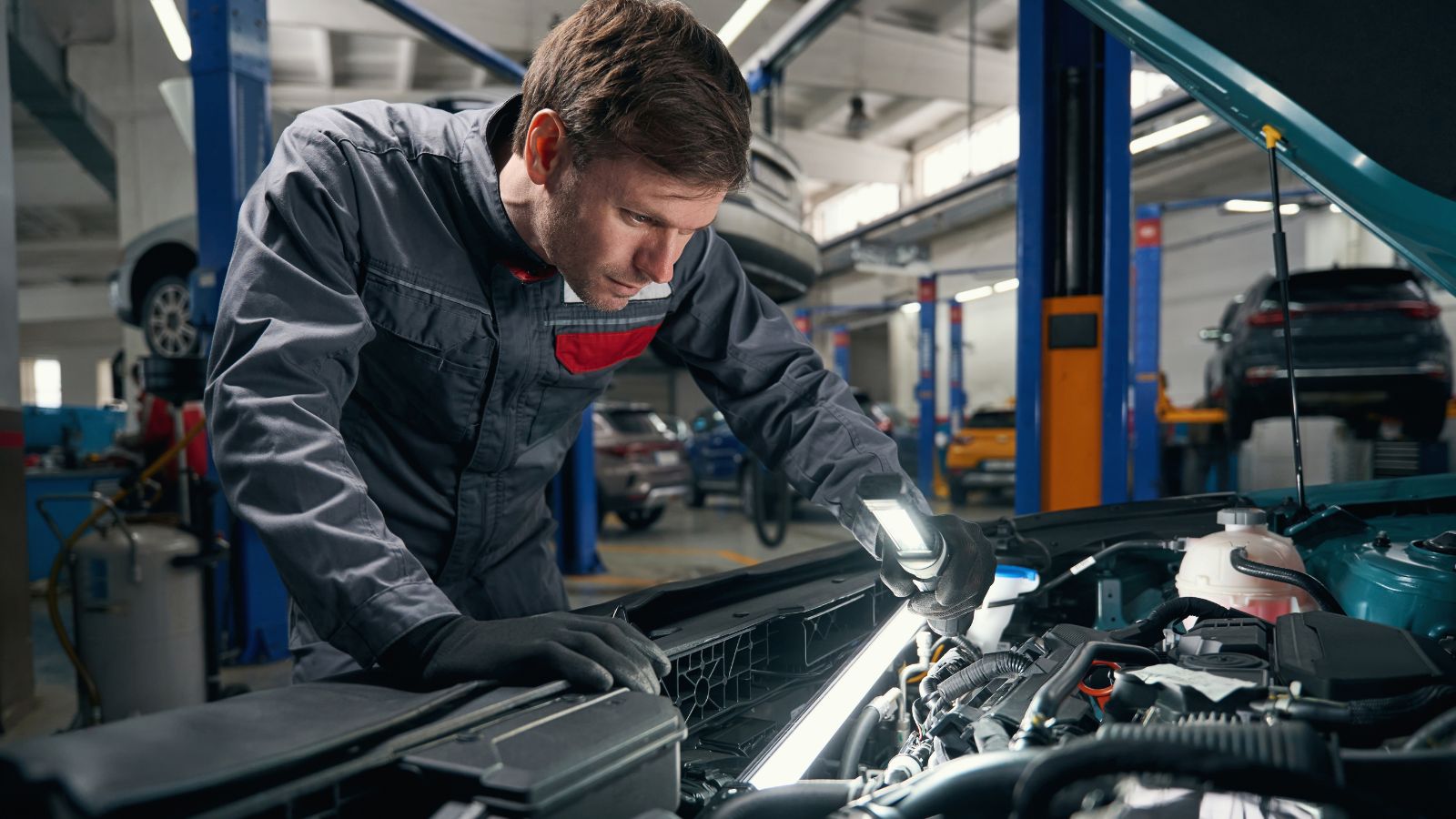
Look for a shop that has regulars who have been coming back for years. Longevity in the customer base is one of the best indicators of integrity. A mechanic who cheats people won’t survive long in a community.
Offers Options, Not Just One Solution

A reliable mechanic gives you choices. For example, they may recommend OEM brake pads but also offer aftermarket options at different prices. Instead of forcing the most expensive fix, they let you decide what fits your budget and needs.
25 Facts About Car Loans That Most Drivers Don’t Realize

Car loans are one of the most common ways people fund car purchases. Like any other kind of loan, car loans can have certain features that can be regarded as an advantage or a disadvantage to the borrower. Understanding all essential facts about car loans and how they work to ensure that you get the best deal for your financial situation is essential. Here are 25 shocking facts about car loans that most drivers don’t realize:
25 Facts About Car Loans That Most Drivers Don’t Realize
